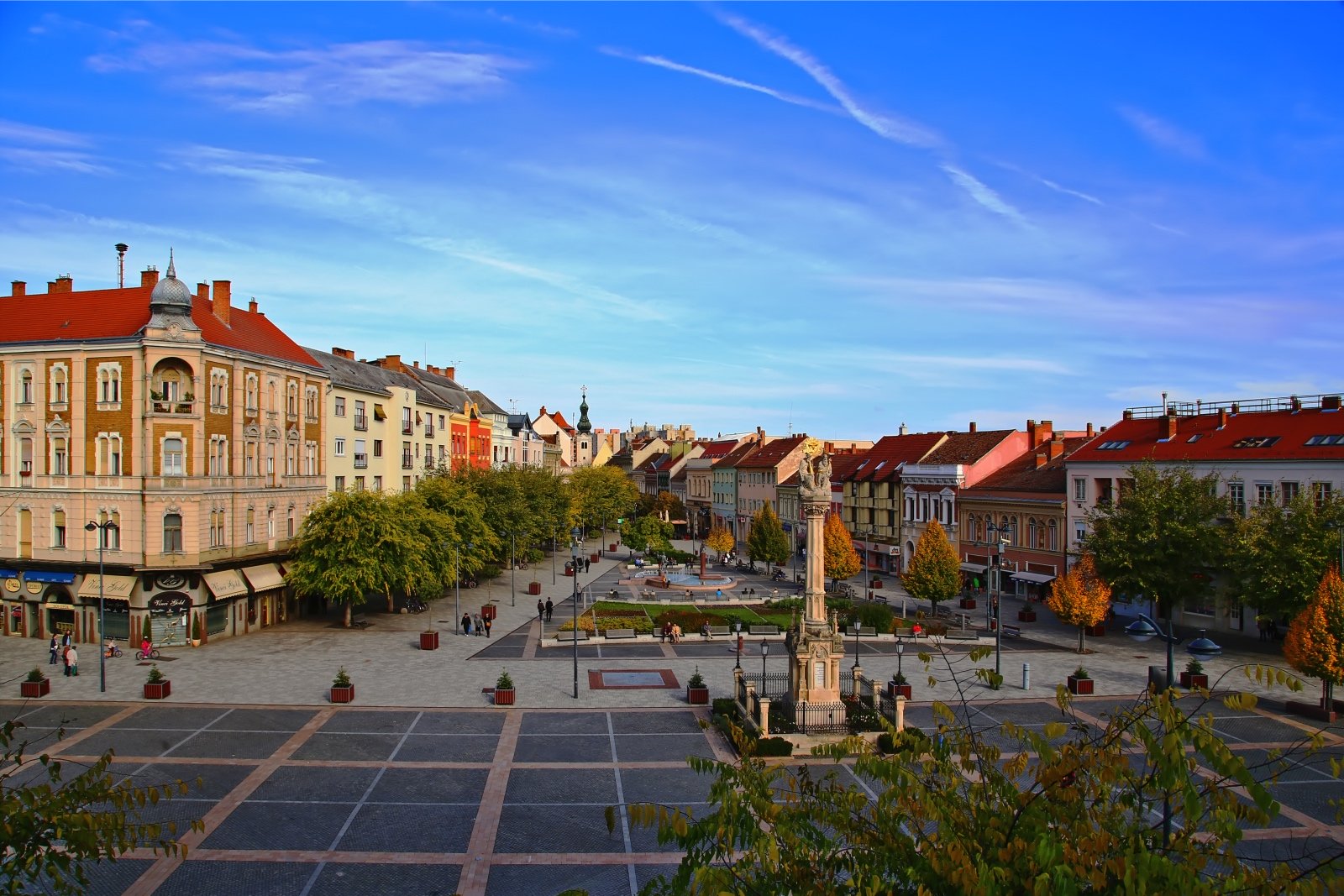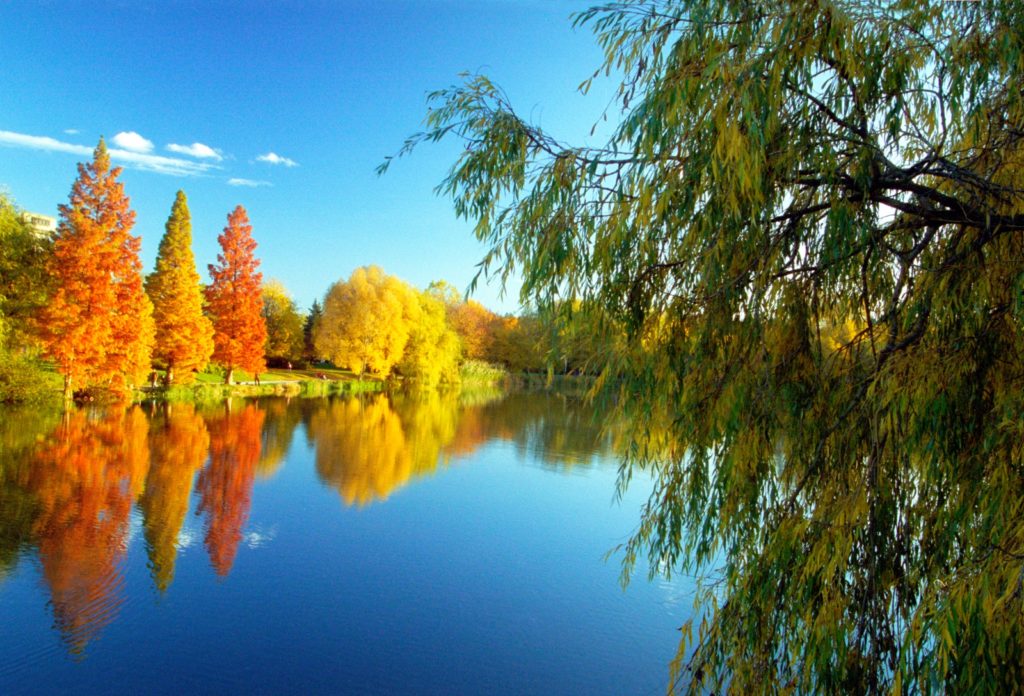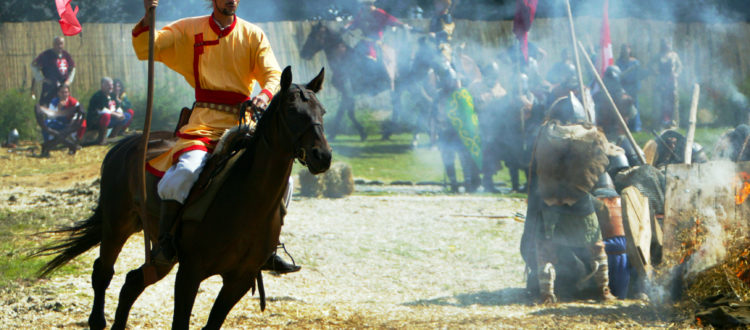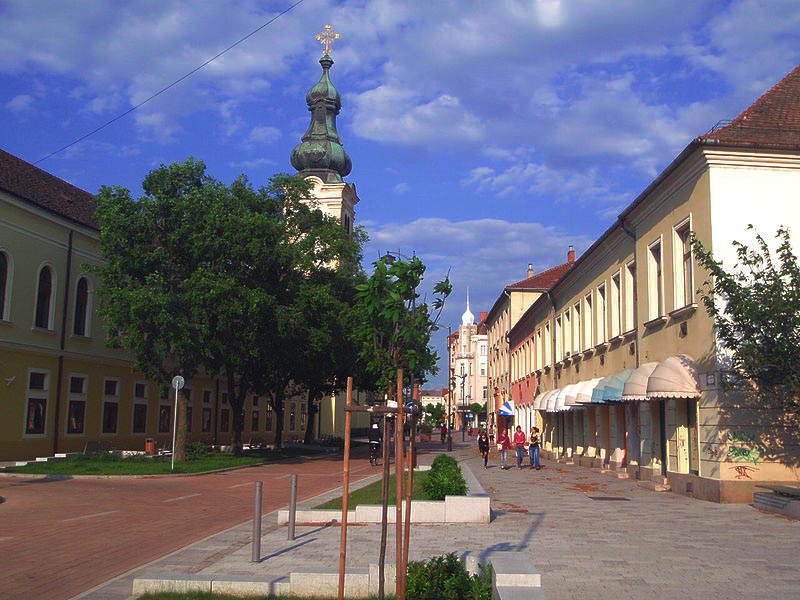Szombathely
The county seat is only a half-hour drive from Kőszeg, and it is exceptionally rich in historical relics, particularly from the Roman era. The city’s most famous attraction is the Savaria Carnival, the aim of which is to commemorate these historic roots. Of course, visiting Szombathely is not only worth in August, because its vibrant cultural life, as well as its theater and restaurants offer something exciting to do every day.
Szombathely
Savaria-Szombathely’s nearly 2,000 year-long history is unique in Hungary, as this is the only city in the Carpathian Basin that has been continuously inhabited since it was founded in the Roman era. The settlement—located close to the strategically important Amber Road—was colonized by Emperor Claudius around 50 AD. The historic monuments of this era still influence the life of the county seat and the daily life of the residents.
The city today has not only a fascinating past to boast about, but also a bright present and an even brighter future. One of the most important symbols of Szombathely is the Temple of Isis in Iseum, which shows well that sightseeing in the city starts with the Roman-era monuments. Today, even classical concerts are held among the beautifully restored Corinthian columns, and listening to a performance of The Magic Flute in the ruins of the Tempe of Isis, as the choir starts to sing under the star-filled summer sky, not only evokes the magic of the old rituals, but also connects the Roman-era Savaria and the Baroque style Szombathely through Mozart’s music.
Temple of Isis
Szombathely is Hungary’s oldest continuously inhabited city
Fő square
Fő square with its many cafés and vibrant life is truly the heart of the city.
The city’s main square is also the intellectual and cultural center of local life. Most of the buildings here are Classicist, Baroque and Eclectic in style. It is worth visiting the local branch of OTP Bank, where—strolling on glass bricks—one can discover the surviving and restored pieces of the ancient city.
After admiring the remains of the Roman era, continue with the Episcopal Palace built by Bishop János Szily and the monumental Cathedral next to it that is the largest in Vas county and the third largest in Hungary. These two buildings richly illustrate the religious culture of the county seat, and their imposing appearance rightly grabs the attention of those passing by.
The atmosphere of Fő square, Berzsenyi square and Szily János street gives a real insight into life of the historical city center.
Those looking for undisturbed nature will be captivated by the boating lake and its surroundings.
Hidden in a corner of the forest lies the open-air museum, where 18–19th century buildings—dismantled and transported here from different places of the county—were erected using the same construction techniques as they had originally been built. The resulting folk museum is a popular venue for events and festivals, but it also offers above average experiences even on “normal” weekdays.
A further highlight for nature enthusiasts is the Arboretum of Kámon in the outer city. Its main attraction—apart from the plants—is the so-called dendrocolor rock garden made up of differently colored plant patches. Many people visit the charming garden to picnics, walks and even runs.
Boating lake
A green paradise just a stone’s throw from the inner city.
Savaria Historical Carnival
Hungary’s most popular and most famous historical carnival.
In addition to the built and natural heritage, the Savaria Carnival—showing the key events and eras of the city’s history as a living film—is also worth noting. Attracting tens of thousands of visitors, it is a famous event far and wide, rich in attractions and adventures, and even humor plays an important role in it. It is a perfect choice for those looking for cultural and for light entertainment alike, and for all generations.,
WARNING! As it is a major tourist event, book your accommodation in time!
The “Queen of the West” is an attractive destination mainly due to its many excellent family-friendly programs, but also history and nature enthusiasts find something for themselves in the county seat, located just a half-hour drive from Bükfürdő.






 20,4 km – 25 minutes
20,4 km – 25 minutes